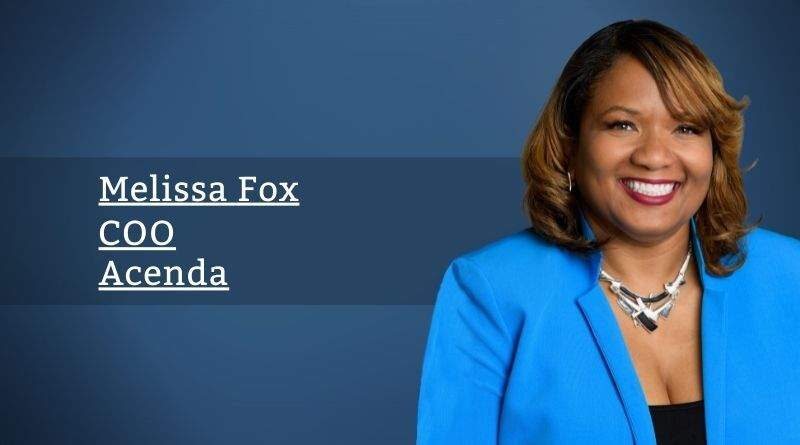Want wider usage of mHealth? – Think like a patient, not a user.
By Melissa Fox, COO, Acenda Integrated Health
On August 6, 1991, the World Wide Web was thrust into the public spotlight for the first time with the launch of a fledgling website by Tim Berners-Lee. Though the internet was actually invented in 1969, it was only used to allow computers to communicate with each other. Until Berners-Lee invented a way for users to search for and access information, the practical application of the medium had not been fully realized.
However, there was slow adoption of the game-changing invention, which was promoted with lofty language. For example, an advertisement from 1993 explained, “The WWW project merges the techniques of information retrieval and hypertext to make an easy but powerful global information system”.
Though the project’s original purpose was relevant, it didn’t achieve widespread acceptance until the public not only understood the purpose but was able to consistently access and personalize its usage according to individual needs.
This is the challenge — yet opportunity– which confronts designers and producers of mHealth apps.
According to IQVIA Institute, mHealth market size doubled between 2015 and 2019, with global growth expected to reach $102 billion by 2023. Increased smartphone usage has helped fuel this growth as well as widespread adoption by health and fitness companies. However, though there has been significant product expansion and proven cost savings related to incorporating mHealth into care management, adoption by the wider public has not been consistent – especially for highly vulnerable populations who tend to be more significantly affected by chronic illness.
To address this clear gap between the innovation of mHealth and its consistent utilization by the individuals who would be helped the most, the industry should follow the example of the internet and 1.) Normalize 2.) Personalize and 3.) Deliver.
Though mHealth has been in existence for several years, there is no anchor message that grounds the public’s overall benefit. There are over 318,000 mobile health apps, many of them offering differing benefits, access levels, and usability. Essentially, each app has to individually “make the case” regarding its connection to the overall healthcare continuum. Normalization is occurring in certain areas, such as the usage of patient portals, but even that is a low bar considering the Government Accountability Office has reported that 90% of providers offer portals, yet only 30% of patients use them.
To normalize mHealth, it may be necessary to adopt messaging which focuses on how the app connects to the healthcare continuum vs. messaging, which touts the tech functionality (a la 1991 WWW). This approach may help individuals shift from thinking of mHealth as peripheral to their healthcare, and instead begin to proactively search for apps which will integrate with their overall care processes.
Next, it’s extremely important to engage the patient voice in the development and delivery of mHealth. A research study from the University of Michigan Medical School and Brigham and Women’s Hospital found that many of the available apps may benefit a narrow subset of individuals, but the apps had little relevance or impact on outcomes for the vast majority of users. Other studies have shown that low-income, non-white ethnic and racial groups, and older populations also have much lower adoption rates for mHealth, though their health needs tend to be greater and they would benefit even more from using the apps. Incorporating patient input from the target populations will help ensure the app not only addresses patient needs, but also their level of engagement. Lastly, apps must consistently deliver on their brand promise of easy access, relevance, and contribution to healthcare outcomes to p



